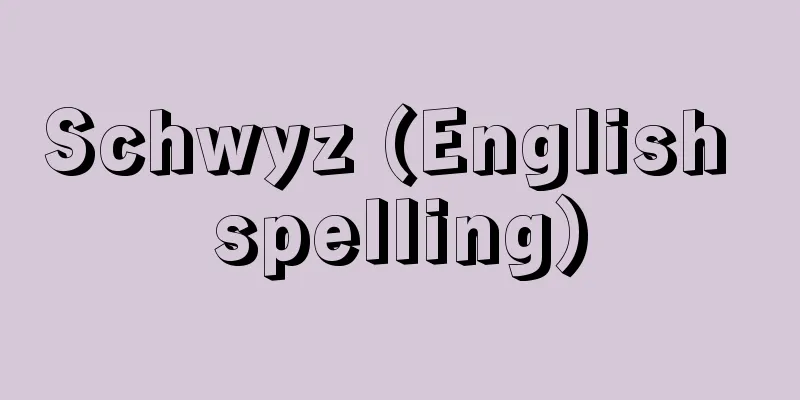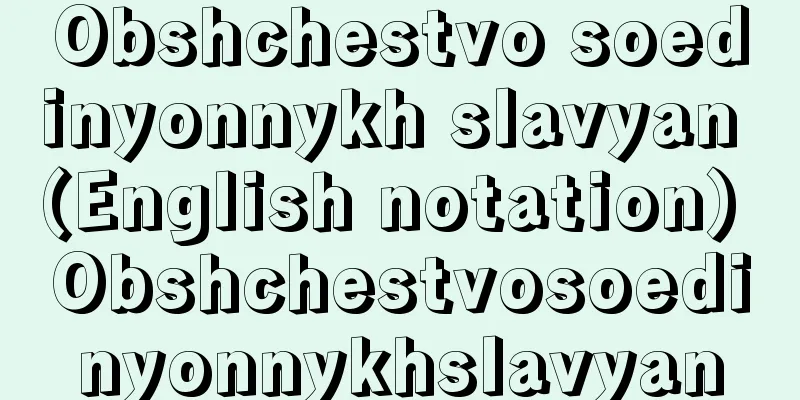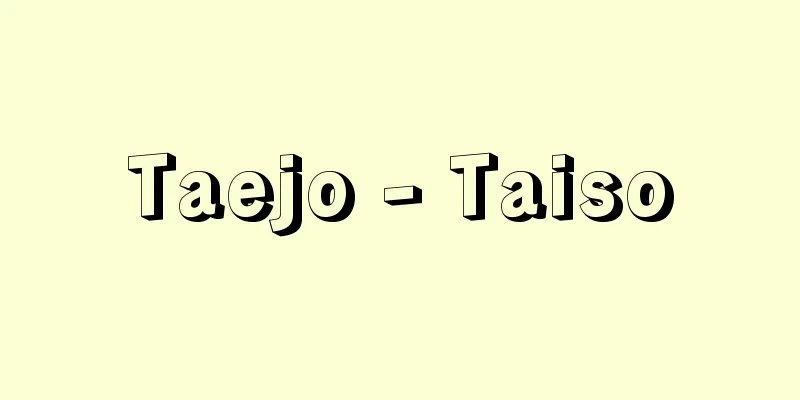Triangulation point - sankakuten (English spelling)

|
A point on the Earth whose position (longitude and latitude) was determined by triangulation. A square pillar made of granite is buried to indicate the position. This is called a triangulation point marker, but a granite boulder is buried directly underneath it so that the position can be determined even if the marker is damaged or lost. Triangulation points are chosen to be places where all other points can be seen, so they are often built on mountaintops, but as long as there is visibility, they are not necessarily built at the highest point, and many triangulation points are built on flat land. The longitude and latitude of a triangulation point are geodetic coordinates determined by triangulation surveying, and do not necessarily match the astronomical coordinates determined by astronomical surveying. This difference is called the vertical line deviation, and in Japan, vertical line deviations of more than 20 seconds have been observed. Japan's triangulation points are divided into classes from first to fourth, and first-class triangulation networks, second-class triangulation networks, etc. are created for each class, and the gaps in the higher-class triangulation networks are filled in order to cover the whole of Japan with a uniform triangulation network. Of these, third-class and higher triangulation points were established by the Land Survey Department of the General Staff of the former Imperial Japanese Army as control points for creating 1:50,000 topographical maps, but they are also used to detect crustal movements. After World War II, surveys of fourth-order triangulation points were started to be conducted as control points for land surveys, and the number of points established has been increasing every year, but with the spread of GNSS surveys using electronic reference points, the number of new points established has been decreasing since the late 2010s. In addition, instead of granite markers, metal markers are sometimes buried on the roofs of buildings. As of 2016, the total number of triangulation points by class is as follows: 975 first-order main and supplementary triangulation points (average side length: 45 and 25 kilometers), 5,034 second-order triangulation points (average side length: 8 kilometers), 31,870 third-order triangulation points (average side length: 4 kilometers), and 72,005 fourth-order triangulation points (average side length: 1.5 kilometers). [Yukio Ozaki and Hiromichi Tsuji, November 18, 2016] [Reference items] | | | | |Source: Shogakukan Encyclopedia Nipponica About Encyclopedia Nipponica Information | Legend |
|
三角測量によって地球上の位置(経緯度)が定められた点。花崗岩(かこうがん)製の角柱が埋設してあり、その位置を示す。これを三角点標石というが、この標石が破損、亡失した場合にも位置がわかるように、標石の真下に花崗岩製の磐石(ばんせき)が埋設されている。三角点は互いに見通せる地点に選ぶため、山頂に設けることが多いが、見通しさえあればよいので、かならずしも最高点に設けるとは限らず、平地に設けられた三角点も多い。 三角点の経緯度は三角測量によって求められた測地経緯度であり、天文測量によって求めた天文経緯度とはかならずしも一致しない。この差を鉛直線偏差といい、日本では20秒以上の鉛直線偏差も観測されている。 日本の三角点は一等から四等までの等級に分けられ、それぞれ一等三角網、二等三角網などをつくり、上級の三角網のすきまを順次埋め、日本全国を均一な三角網で覆っている。このうち三等以上の三角点は旧陸軍の参謀本部陸地測量部によって5万分の1の地形図作成のための基準点として設置されたが、地殻変動の検知などにも利用されている。四等三角点は第二次世界大戦後、国土調査の基準点とするために測量が始められ、毎年設置点数は増加してきたが、電子基準点を用いたGNSS測量の普及に伴い、2010年代後半以降の新設点数は減少している。また花崗岩製の標石ではなく、ビルの屋上などには金属製の金属標が埋められる場合もある。 2016年(平成28)時点の三角点の等級別総数は、一等三角本点・補点975(平均辺長45キロメートル・25キロメートル)、二等三角点5034(平均辺長8キロメートル)、三等三角点3万1870(平均辺長4キロメートル)、四等三角点7万2005(平均辺長1.5キロメートル)となっている。 [尾崎幸男・辻 宏道 2016年11月18日] [参照項目] | | | | |出典 小学館 日本大百科全書(ニッポニカ)日本大百科全書(ニッポニカ)について 情報 | 凡例 |
<<: Mountaineers - Montagnards (French)
>>: Triangulation - Sankakusokuryo (English spelling) triangulation
Recommend
International Handball Federation
…On the other hand, the international rules for s...
Erlangen program
When German mathematician F. Klein became professo...
Cathaysiopteris - Cathaysiopteris
…The representative plant is Gigantopteris , whic...
Locally Euclidean group
...Also, the set of all quadratic matrices for wh...
Haakon [VII] - Haakon
King of Norway. Reigned 1905-1957. Son of Denmark&...
Cheng Chang Geng - Teichoukou
A Peking opera actor from the Qing Dynasty in Chi...
Plain paper copy
...there are two methods: the indirect method (PP...
Nishinomiya [city] - Nishinomiya
Located in the southeastern part of Hyogo Prefectu...
Affective incontinence
This refers to a state in which emotions cannot be...
Cage rearing - Cage rearing
A method of raising chickens in which one or two c...
Acetyl cellulose - Acetyl cellulose
Cellulose acetate, also known as cellulose acetat...
Friedrich Adolf Wilhelm Diesterweg
1790‐1866 German educator. Born in Siegen. After g...
Radiography
A method of obtaining an image using radiation. Fo...
Ningxia Hui Autonomous Region
An ethnic autonomous region in northwest China, sa...
Emission Star - Ki Sensei
A general term for stars whose absorption lines in...









